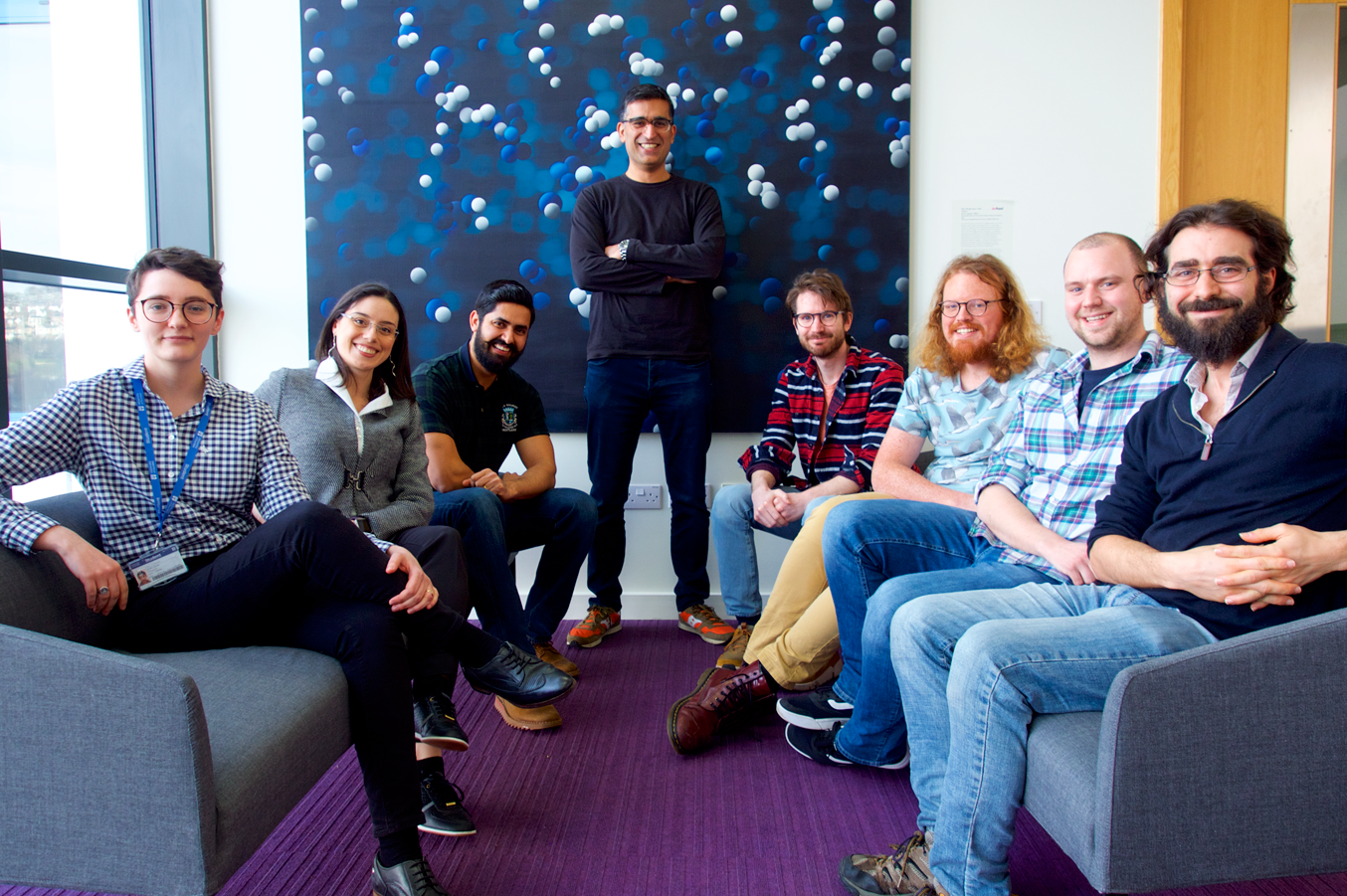Our lab studies how ubiquitylation is carried out by unconventional E3 ligating enzymes (E3s), and how diseases might be treated by modulation of their activity. The E3s we have discovered have exposed an unexpected diversity to the ubiquitin system. We have uncovered novel ubiquitin transfer paradigms and challenged longstanding dogma regarding how ubiquitin is attached to substrates. For example, we showed the RING-Cys Relay (RCR) E3 MYCBP2 selectivity attaches ubiquitin to hydroxy amino acids. We also demonstrated that the MJD class of deubiquitylating enzymes (DUBs) selectively remove ubiquitin from these unconventional sites. This work has helped kickstart the exciting new field of non-lysine ubiquitylation. Importantly, these new principles are central to neurodegeneration, cancer, and infectious disease. Key to our discovery-based research is the development and application of chemical probes. Their deployment allows us to monitor proteome-scale changes in ubiquitin enzyme activity. We then use a multidisciplinary approach to investigate observations of medical importance. The work streams in our lab can be subdivided as follows:
- Discovery of mechanistically and architecturally novel E3 ligases
- Molecular mechanism of E3 ligase regulation and dysregulation in disease
- Chemical biology-based technology development



